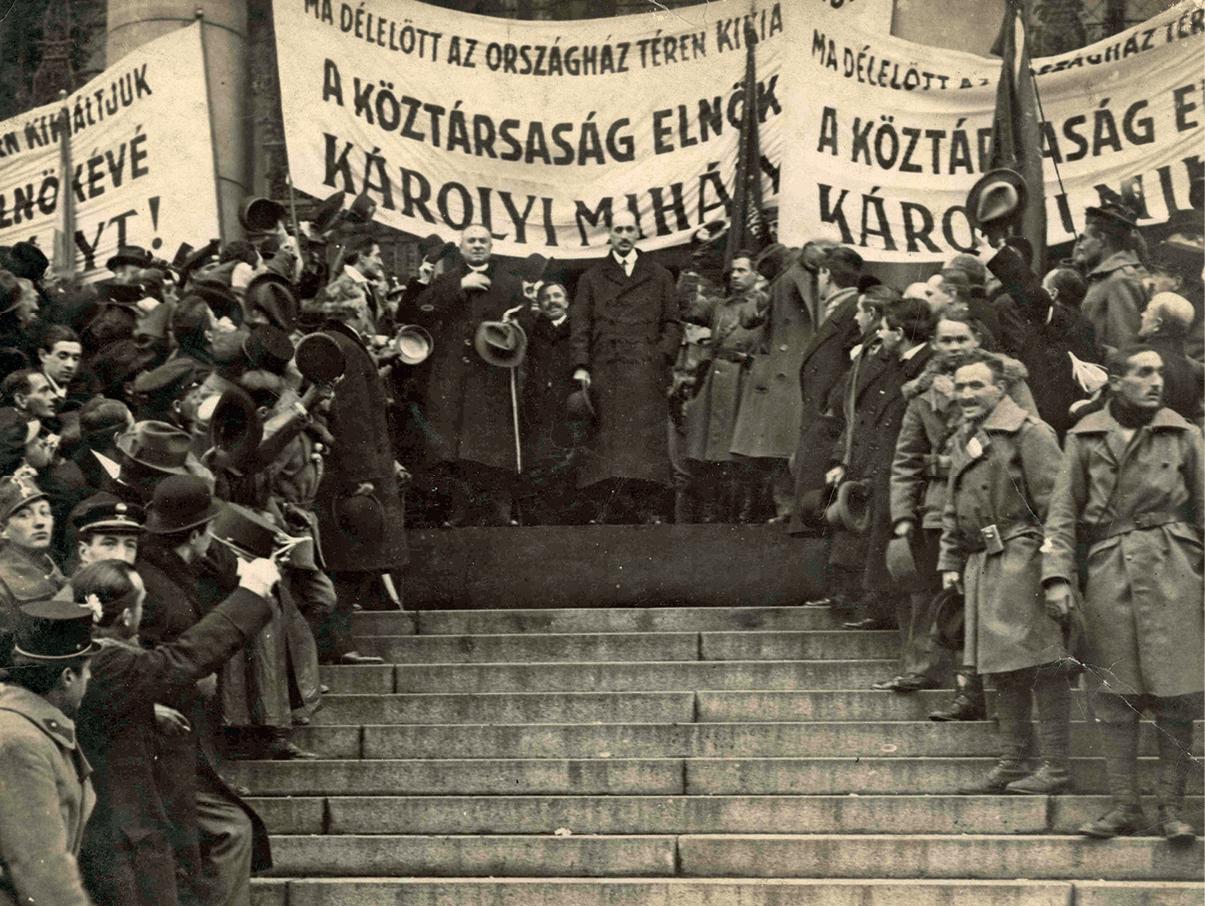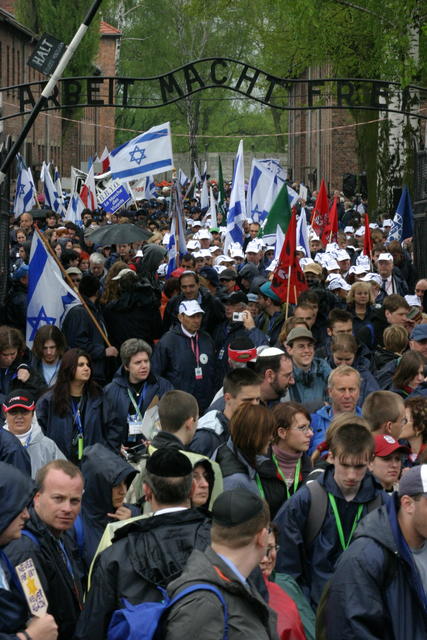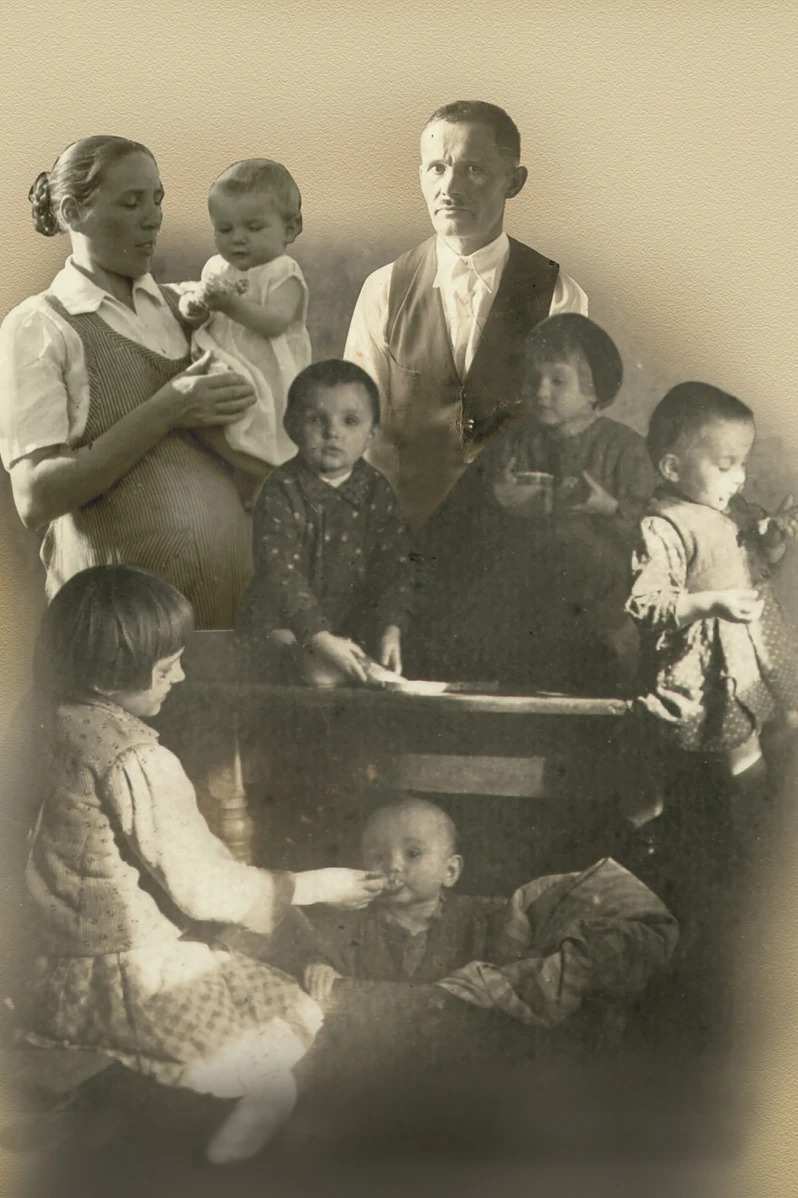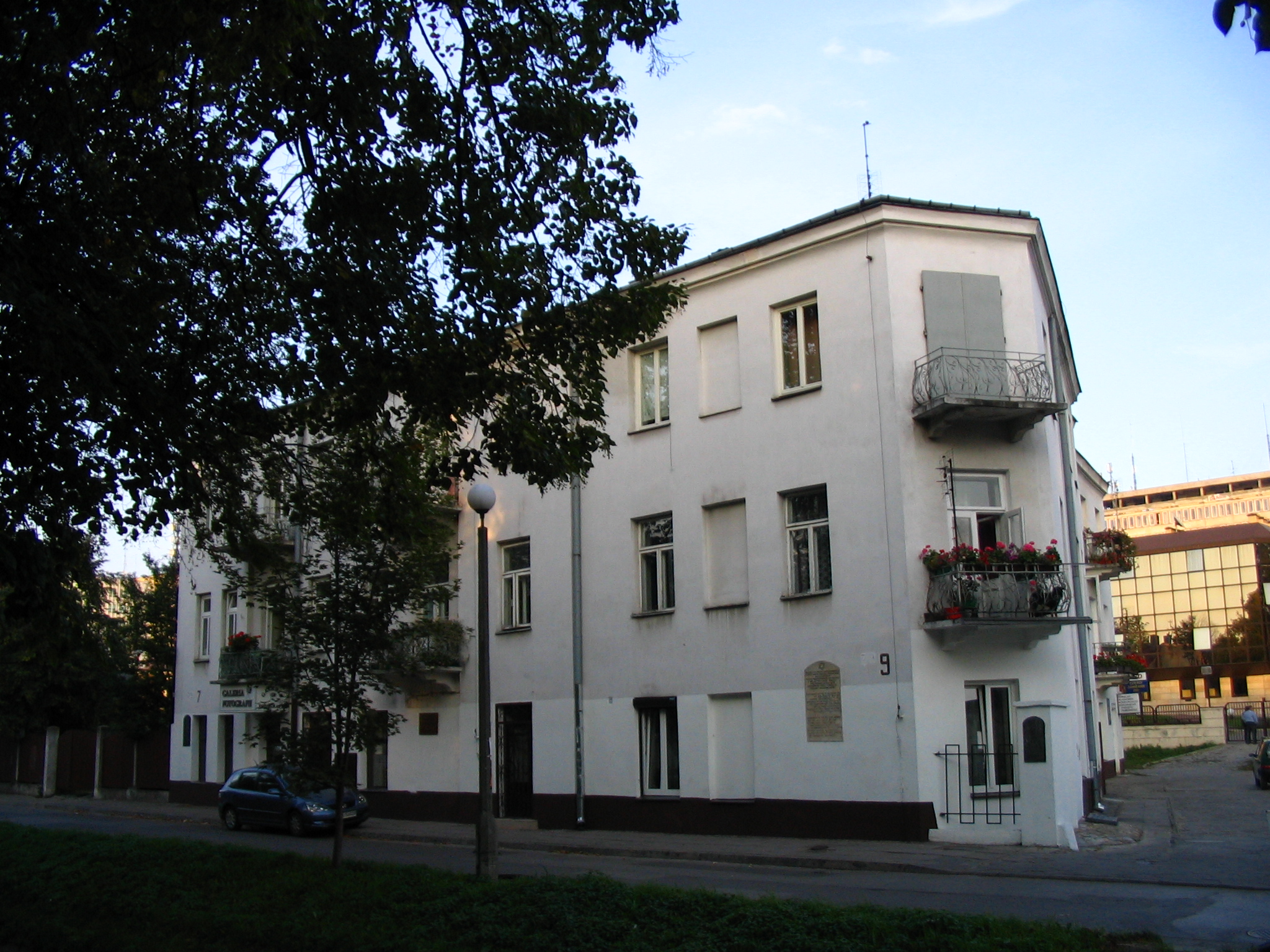Preludes – Aster Revolution – Hungarian Soviet Republic – Astoria Hotel, Budapest
Fact of the Hungarian figure „Arrival of Horthy”
Part of the „Creation of the modern states (1918-1920)” topic
The Astoria Hotel in Budapest became a focal point for significant political shifts during the revolutionary period in Hungary following World War I. The hotel played a key role in the Aster Revolution of 1918, which ultimately led to the establishment of the First Hungarian Republic. On October 31, 1918, from the Astoria Hotel, Count Mihály Károlyi, a key figure of the revolution, declared the formation of the Hungarian National Council. This council aimed to end Hungary’s involvement in the war and declare its independence from the Austro-Hungarian monarchy, which led to the proclamation of the Hungarian People’s Republic, with Károlyi as its first president.
However, Hungary’s new democratic republic quickly faced significant challenges, including territorial losses and economic collapse, as dictated by the Treaty of Trianon. In March 1919, the republic was replaced by the Hungarian Soviet Republic, a dictatorship modeled after the Bolshevik regime in Russia. The Social Democratic Party and the Hungarian Communist Party merged to form a new government, with Béla Kun as the most influential figure. Kun, the Communist People’s Commissar for Foreign Affairs, swiftly organized the state along Soviet lines, and political opponents were ruthlessly suppressed.
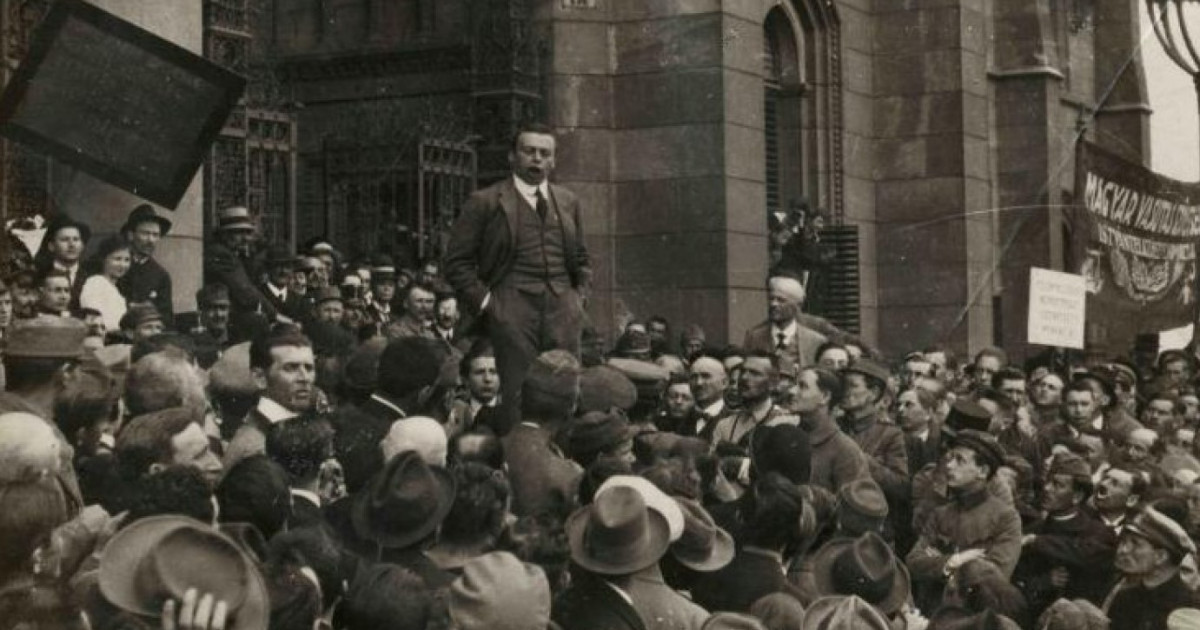
The Hungarian Soviet Republic initially found some military success, particularly during the ‘Northern Campaign,’ when the Red Army recaptured territory from Czechoslovakia. However, international pressure, especially from the leaders of the Entente powers, forced Béla Kun to withdraw his troops. The failure of this foreign policy, combined with the declining morale within the army, led to the Soviet Republic’s disintegration. By August 1, 1919, the Hungarian Soviet Republic had collapsed, leaving the country in chaos.
Amid the disarray, the path was paved for Miklós Horthy’s counter-revolutionary forces. Horthy, a former Austro-Hungarian admiral, capitalized on the failure of both the democratic republic and the Soviet regime. He mobilized his counter-revolutionary army from Szeged, supported by Western powers, and marched into Budapest in November 1919. Horthy’s forces were welcomed as a stabilizing influence, ending the revolutionary chaos and bringing an end to the Soviet experiment in Hungary.

The fall of the Hungarian Soviet Republic and the arrival of Horthy mirrored broader regional trends in Central Europe. Similar to Hungary, countries like Poland, Czechoslovakia, and Romania navigated the challenges of nation-building amidst the collapse of empires, revolutionary movements, and shifting alliances. As Horthy established his regency in Hungary, Central Europe as a whole saw the rise of conservative governments seeking to stabilize the region after years of war, revolution, and social upheaval.


